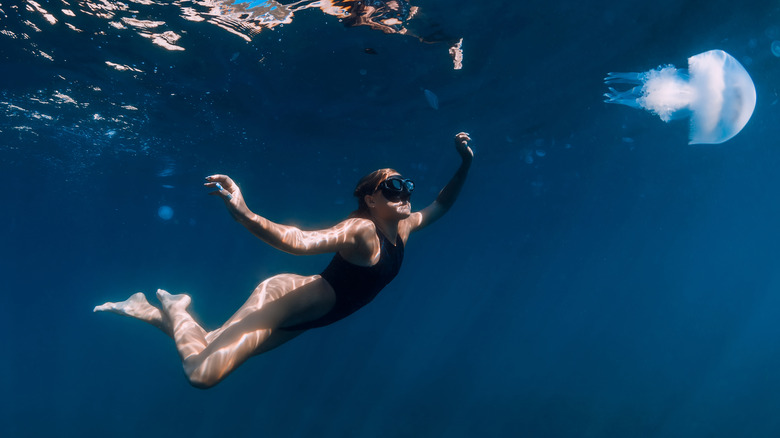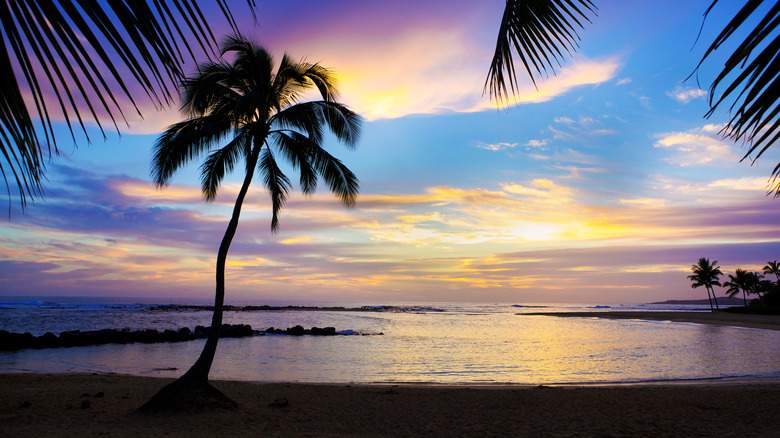Travel Guides Beach Vacations
Shelly Abramovich
Aloha, Hawaii — sparkling blue waters, friendly people, delicious drinks — and poke bowls! But there’s one visitor to Hawaii’s beaches you’d probably rather not encounter during your vacation: the jellyfish, or “pololia” in Hawaiian. Though most jellyfish species are harmless, Hawaii, like other tropical locations, is home to a few stinging varieties, most notably the Portuguese man o’ war and box jellyfish. While these creatures have their place in the marine ecosystem, you’d be forgiven for wanting to avoid jellyfish at the beach.
The good news is there’s a simple yet effective strategy to avoid an unexpected encounter with these “pololia.” The key lies in understanding their habits and planning your beach visits accordingly. Unlike many creatures that live according to the rhythms of day and night, the arrival of jellyfish on the shores of Hawaii is governed specifically by the lunar cycle. Their periodic influx is so predictable that it might as well be marked on the calendar. The Waikiki Aquarium, thankfully, keeps an updated jellyfish calendar.
The pattern goes like this: About eight days to ten days after a full moon, jellyfish start making their way toward the shore. This migration lasts for approximately three to five days. They are drawn to the shallow waters to breed, floating serenely but menacingly near the coast. Why does this happen? The connection between jellyfish and the moon is linked to tides. The gravitational force exerted by the moon affects the ocean’s tides, and the jellyfish synchronize their lifecycles with these tidal flows.
Navigating jellyfish lunar seasons

Nuture/Getty Images
Now that you know the secret, planning your vacation in Hawaii becomes a tad easier. The first step is to know when the full moon will occur during your visit — this information is easily accessible online. From the full moon date, count eight days forward to estimate the beginning of the jellyfish influx. For extra certainty, it’s always good to check local news or ask lifeguards for updates. Some beaches put up warnings if there’s a significant number of jellyfish present.
If your vacation coincides with the jellyfish cycle, consider it an opportunity to discover beautiful inland locales and other underrated attractions of Hawaii. Visit the lush rainforests, explore volcanic craters, try some local cuisine, or immerse yourself in the rich culture and history of the islands. The beaches will always be there, and you can take a dip after the jellies have departed.
For those who decide to brave the waters despite the presence of jellyfish — be cautious. Stings can range from mild to severe to fatal, and some individuals may have allergic reactions. Always ensure you have basic first-aid items handy, and in case of a reaction, seek immediate medical help.
A few jellyfish shouldn’t deter you from enjoying the beauty of Hawaii. By being informed and vigilant, you can easily navigate around these gelatinous aquatic adversaries. When planning your vacation to the islands, keep that lunar calendar close, and look forward to uninterrupted tropical bliss. There’s plenty of beachside paradise to go around — with or without jellyfish.

